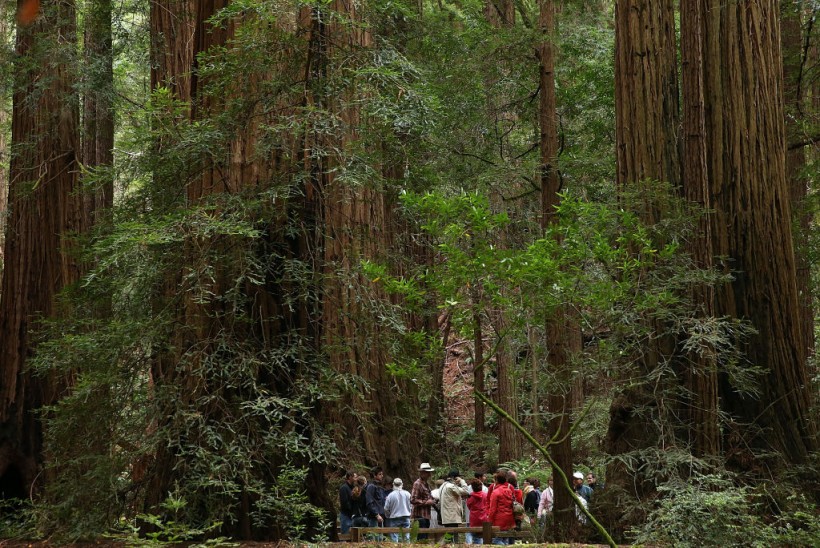By giving stability, strength, and protection to habitats in danger, ancient trees-those that are many hundreds or even thousands of years old-play a crucial role in the preservation of biodiversity and ecosystems. A group of ecologists stressed the value of protecting these enormous species in a review paper that will appear in Trends in Ecology & Evolution.

They also outline a project effort to ensure their conservation and longevity.
Old Trees
What exactly is an old tree? In general, Dr. Franklin says, "we're talking about trees that are over 150 years of age, and often, we're talking about trees that are several centuries old," and it's this longevity, more than their size, that makes these trees so crucial to the woods they call home.
Dr. Franklin asserts that huge, mature trees are not just bigger copies of immature trees. According to the author, the study's main objective is to inform the public and forest management about the detrimental effects of elderly trees on ecosystem health-one of these significant effects on all facets of life.
Also Read: Research Claims Ambitious Large Scale Tree Planting Efforts are Failing
Importance of Old Trees
The authors, Gianluca Piovesan and Charles H. Cannon, state that "ancient trees offer unique environments for the protection of vulnerable species because they can withstand and buffer climatic change." For example, Bristlecone pines in the White Mountains of the United States may live up to 5,000 years and store a lot of carbon.
Mycorrhizal connection, a symbiotic link between subterranean fungi and plants that provides them with many nutrients they need to thrive, is particularly prevalent in old trees. In arid settings, this relationship with fungus also lessens drought. However, despite playing a disproportionately important part in conservation planning, ancient trees are disappearing at an alarming rate worldwide.
The researchers suggest a two-pronged strategy for preserving ancient trees: first, the preservation of these plants through the propagation and preservation of the meristematic tissue and germplasm from these old trees; second, a planned combination of total protection and forest rewilding.
The authors conclude that the efficiency and durability of protected areas and their biological integrity may be directly evaluated by mapping and monitoring old-growth forests and ancient trees. "To carry out this enormous undertaking, public contributions through community science initiatives are needed to be coupled with a worldwide monitoring infrastructure based on modern technology."
Saving the Woods
National policy levels currently restrict saving old trees in forests, woodlands, historic gardens, and urban and agricultural regions. According to the authors, "old-growth and ancient tree mapping and monitoring should be included as a key indicator of the effectiveness of protected areas in maintaining and restoring forest integrity for a sustainable future" in the current review of the Convention on Biological Diversity and Sustainable Development Goal 15 of Agenda 2030, "Life on Land."
"Before they go, a worldwide coalition using cutting-edge technology and community scientists to locate, conserve, and propagate old trees is essential," the authors write. "We advocate for international efforts to preserve these centers of variety and resilience."
Related Article: Drought Resistant Garden Lets Gardeners Continue Amidst Climate Change
For more environmental news, don't forget to follow Nature World News!
© 2024 NatureWorldNews.com All rights reserved. Do not reproduce without permission.




![Roundworms with Short Memories 'Stop Forgetting' When Frozen or Given Lithium [Study]](https://1471793142.rsc.cdn77.org/data/thumbs/full/70295/280/157/50/40/roundworms-with-short-memories-stop-forgetting-when-frozen-or-given-lithium-study.jpg)
